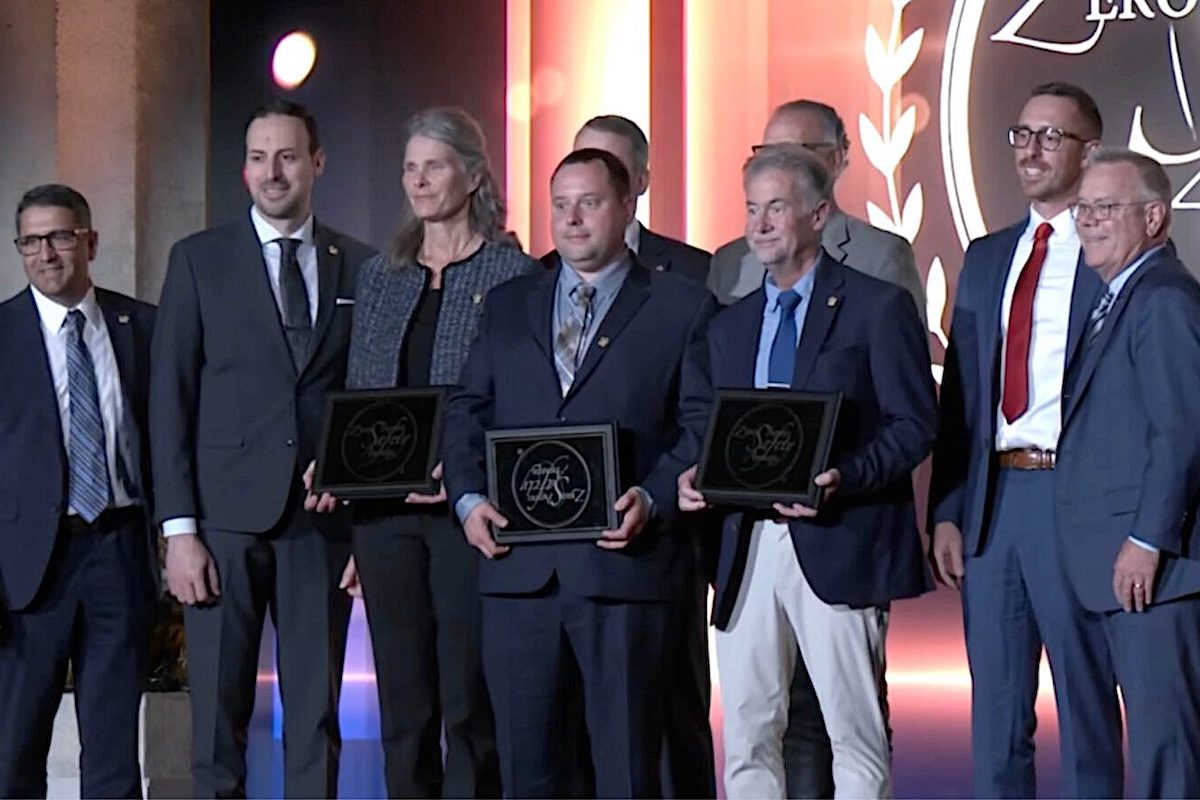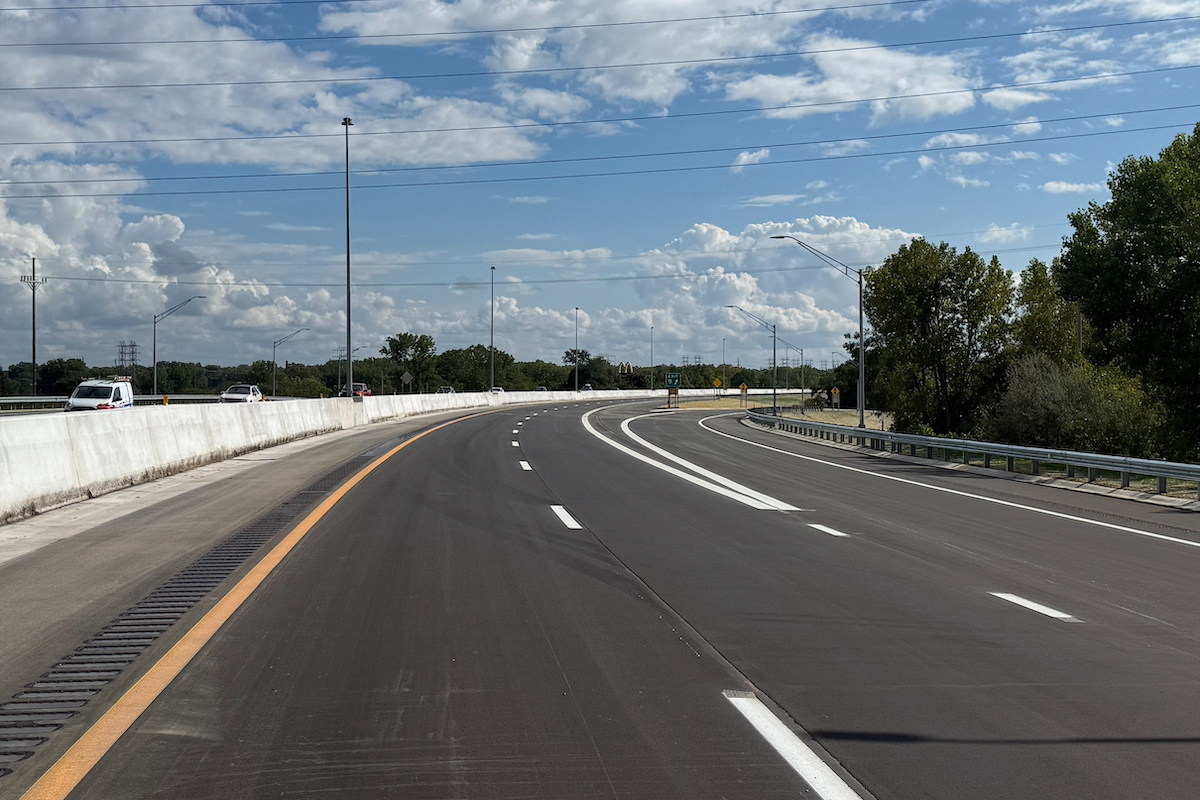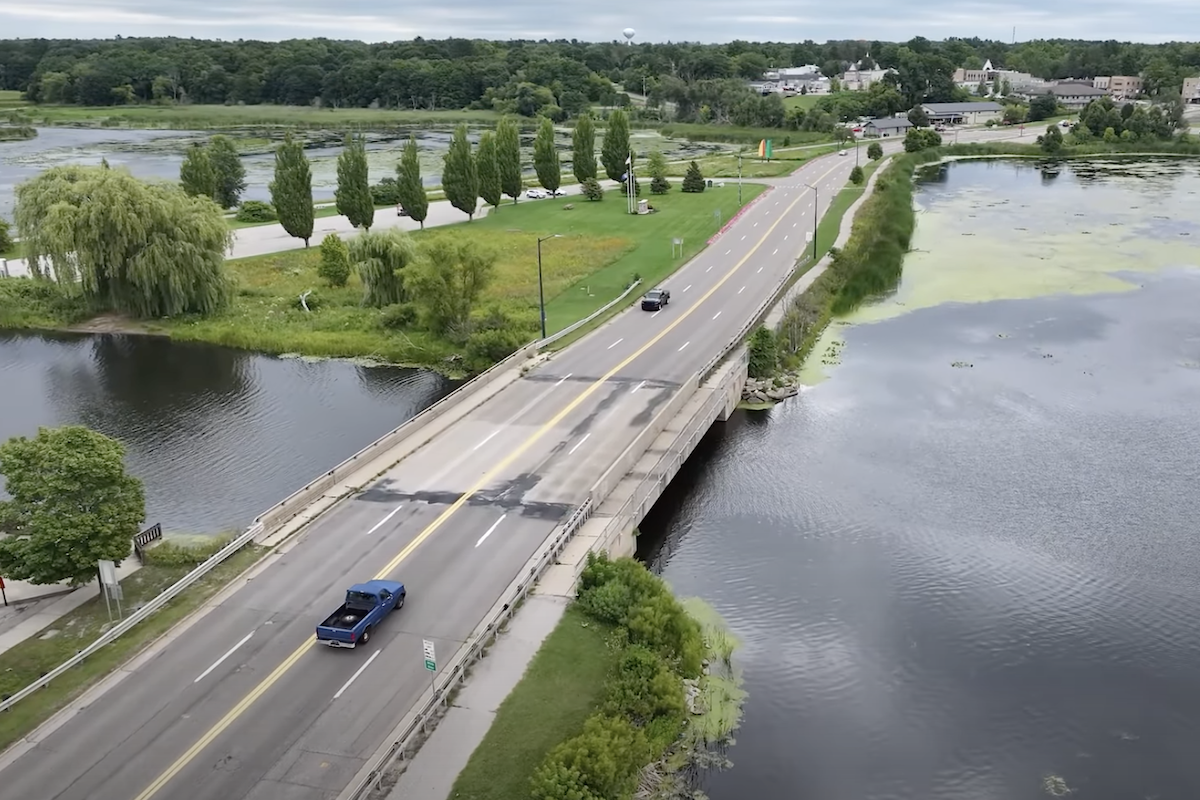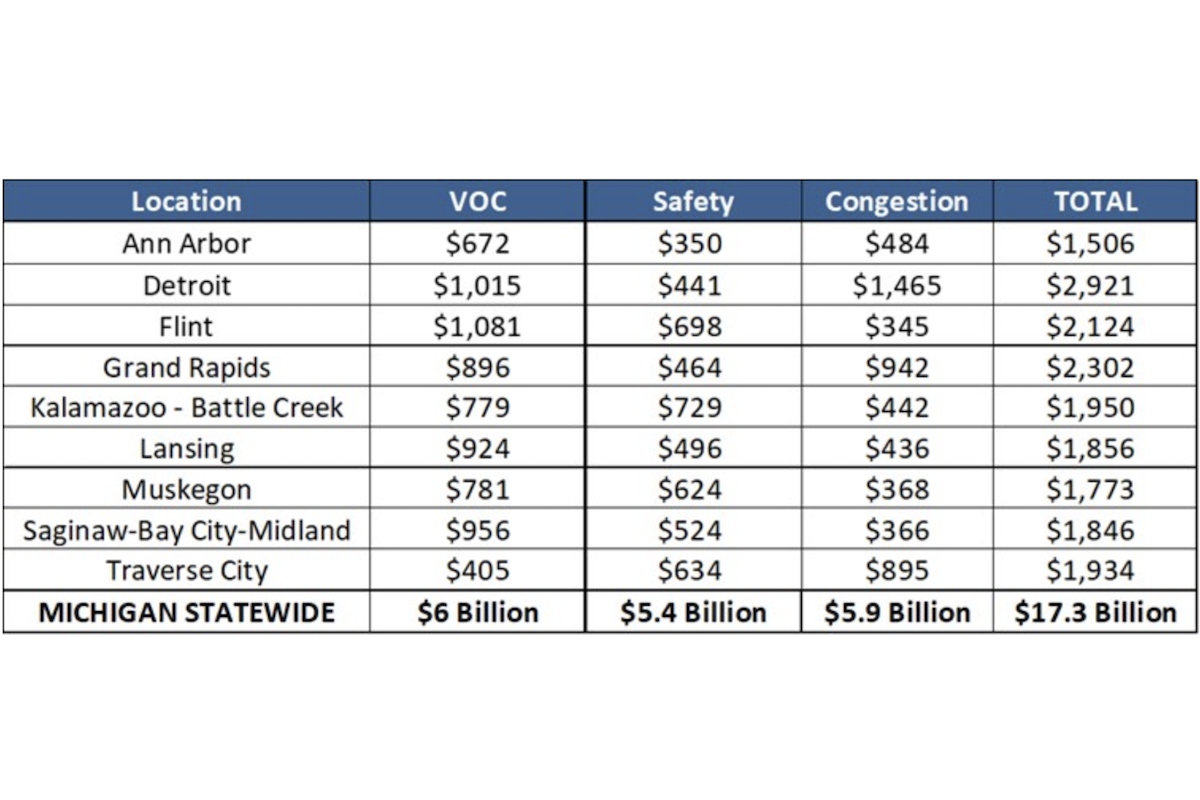New Mexico has made rebuilding or rehabilitating the state’s bridges a priority. NMDOT’s Bridge Management Section aims to inspect one of every eight bridges/bridge structures in each district every quarter. The agency identifies condition targets using performance measures and estimates costs for rebuilding or rehabilitating the bridges.
NMDOT prioritizes bridges in poor or fair condition. Those in poor condition receive either replacement or major rehabilitation, and those in fair condition receive either minor rehabilitation or preventive maintenance, such as deck overlays or joint replacements. Bridges in poor condition are added to the State Transportation Improvement Program.
WHPacific, now NV5 of Albuquerque, New Mexico, designed the project, working with District 6 Engineer Lisa Boyd Vega and two Assistant District Engineers, Kirk Weber and Arif Kazmi. FNF Construction, Inc., also of Albuquerque, received the construction contract. Founded in 1984, the company began work on this project in February 2023.
The bridge has one lane in each direction and carries about 5,500 vehicles per day. Each lane will be 12 feet wide, with 8-foot-wide shoulders and a 10-foot multiuse trail, separated with fencing from the road to promote safety.

| Your local Deere & Co dealer |
|---|
| AIS Construction Equipment |
Drainage improvements include extending a 10-foot by 10-foot box culvert to 64 feet long and adding multiple storm drain culvert pipes.
The bridge has abutments, each supported by seven 42-inch drilled shaft foundations at an average depth of 27.5 feet. Both piers have three 60-inch drilled shaft foundations at an average depth of 25.5 feet, Baros said.
The new bridge also has steel beam girders. During installation of the girders, FNF will use a 440-ton crane, the Grove GMK6400.
Since the new bridge is at a higher elevation than the existing structure, the new bridge includes vertical curve modifications, correcting sight distance deficiencies.
FNF has constructed the bridge in place, after shifting traffic onto a detour. Crews are working from 7 a.m. until 6 p.m.
“This is done utilizing detour pavement and a portion of the existing bridge to keep traffic flowing,” Baros said. “During the installation of the girders, one of the lanes will have to be shutdown to crane pick the girders from the existing deck.”
Reaching over an active railroad presented multiple challenges, particularly during girder installation, which has required railroad flagging to ensure all equipment stays a minimum distance away from the tracks.
“The most challenging part about this project is the BNSF shutdown, which was the last three months of the year,” Baros said. “During this shutdown, we are unable to perform any work in the BNSF right of way that may impact the tracks due to the increased number of trains.”
NMDOT anticipates this bridge will complete in September 2024.
“This project consisted of a lot of coordination between city of Gallup, Navajo Nation, BNSF Railroad, private landowners adjacent to the project, and several utility companies,” Baros said. “The construction project office in Gallup has done an excellent job in coordinating all these entities along with the contractor in order to have a successful project.”
“The public will have a brand-new bridge that will last 70 years,” said Phillip Steinback, Engineer Graduate with NMDOT.
The existing bridge was 52 years old, in poor condition, and experiencing concrete deterioration and surface cracking, along with substandard guiderails and poor fencing. The approaches were not smooth. In addition, the existing bridge spans a channel that was meandering and eroding its banks. Silt buildup had occurred on the downstream side and erosion on the northern embankment.
“The road on both sides of the bridge required some rehab and reconstruction,” said Ray Trujillo, Vice President of Structures for WSP in Santa Fe, New Mexico, which designed the bridge. “During the past 20 years, the channel alignment has shifted, eroding the embankment and bridge.”
Trujillo said that the damage was caught early enough to avoid any problems for drivers.
The bridge spans an arroyo called the Rio Puerco North Fork, also referred to as a dry wash. The channel remains dry most of the time, but seasonally water may flow through it. The bridge’s bottom sits about 15 feet off the ground.
The design for the original bridge called for it to withstand a 25-year flood event. Current standards call for a bridge to withstand a 50-year with 2 feet of freeboard and passing the 100-year flood event.
“The new bridge should not have any over topping [with water from the channel],” Trujillo said.
About 5,534 vehicles cross the bridge daily.
“Environmental impacts of the project have been addressed in the design of the project, including compliance with the ‘Migratory Bird Treaty Act’ and the ‘Clean Water Act,’” Steinback said. Construction began in the fall of 2023. The contractor used water tankers to prevent dust from going airborne during pile driving and construction.
Twenty-four-inch diameter steel pipe piles (reaching to depths between 65 and 78 feet long) and two piers support the new 238-foot-long, three-span bridge. There are 14 piles in bent one, 16 in bent two, and eight in the abutments. They were placed a safe distance from the original foundations.
“We aligned the piers with the flow direction, so it is not interfering with the flow and causing scour and erosion,” Trujillo said.
The bridge has AASHTO Type III prestressed concrete girders, which are 45 inches deep. The grade remains the same as on the original bridge.
The project called for a concrete bridge deck with galvanized steel reinforcement bars. Paving will start in the spring. The galvanized rebar will save money on maintenance and is more durable than epoxy coated rebar.
“That means we should see less likelihood of rusting and corrosion, and [that] increases the lifespan of the bridge,” Trujillo said.
In addition to building the new bridge, crews removed material in the channel to make way for a longer bridge and wider channel, which will decrease the velocity of the flood waters. Drainage improvements entail grading the channel and adding wire-enclosed rip rap and large rocks, ranging from 30 to 60 inches in diameter to shield the channel.
“The rocks protect the banks of the bridge abutments to prevent further meandering,” Trujillo said.
Kiewit built a road into the channel and brought the rocks in on belly dump trucks, and track loaders placed the rocks where they needed to go.
For traffic management, vehicles shifted to a temporary detour alignment — consisting of multiple corrugated pipes — on the west side of the existing bridge to allow work to proceed on the new structure. By constructing a temporary detour alignment, traffic flowed, and it reduced the risk of future maintenance issues due to elimination of a deck construction joint. The temporary detour alignment will be removed once traffic is shifted back, and everything will be regraded to the way it was prior to construction.
The new bridge will have one lane in each direction with 10-foot shoulders, but no multiuse path.
Crews are working from 7 a.m. until 6 p.m. The bridge is scheduled for completion in 2024, eliminating another deficient bridge in New Mexico.
Photos courtesy of New Mexico Department of Transportation









































































